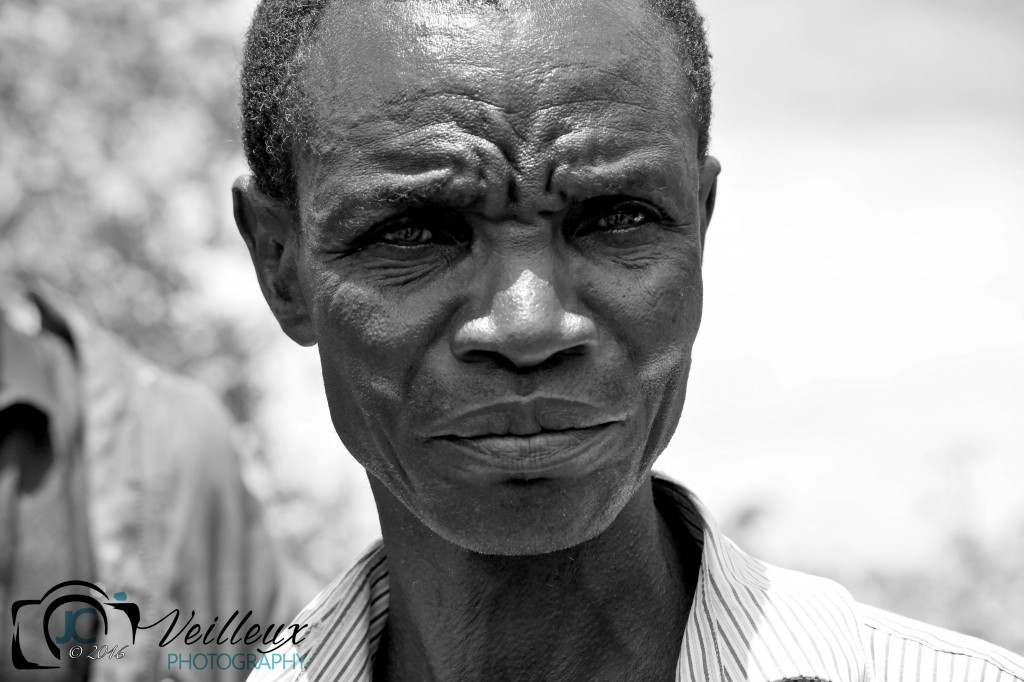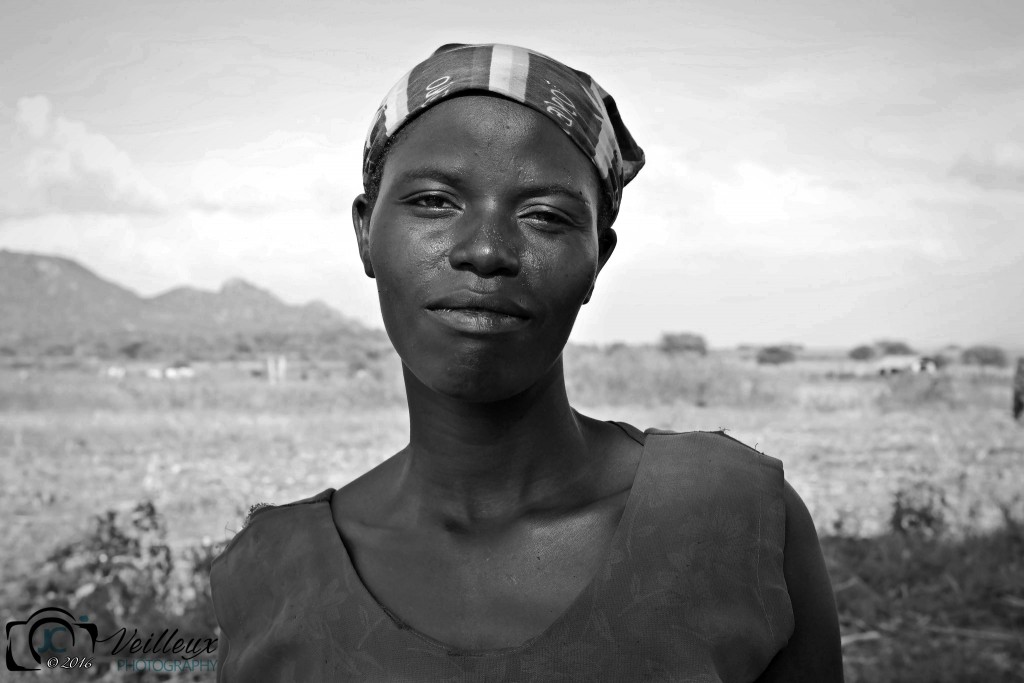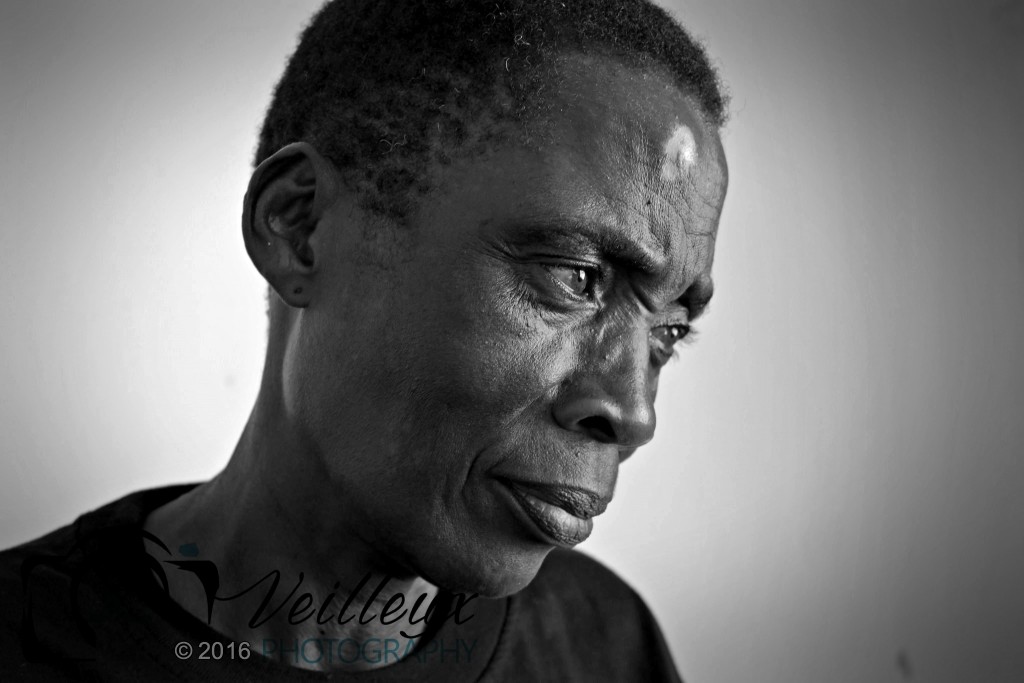The largest ethnic group living in the lower Mara River Basin, Tanzania, are the Kurya People; a Bantu speaking people with possible Nilotic origins. The Kurya are an ethnic minority of about approximately 700,000-1,000,000 people living in a collection of subtribal groups or clans across the border area of Kenya and Tanzania in the basin region. The SELVA team spoke with Kurya people living across the lower basin and encountered communities living more traditionally in mud huts near the river, and communities that live in modern structures. One of our team members is ethnically Kurya and told us that while he understood most of the local language generally, each place we visited had words unfamiliar to him.
Some Kurya maintain traditional value systems and law unique within the modern Tanzanian system. This includes how the community uses natural resources and maintains culture. Kurya are known as cattle herders and farmers – and previous posts have discussed the practices in the basin that lead to erosion and water contamination. In the past, cattle herding led to intertribal conflict with the Maasai, their neighboring tribal communities. While some people practice traditional subsistence fishing techniques, most commercial fishing is done by non-Kurya who come to the region and form fishing camps.
Kurya practice polygamy – one man can marry several wives depending on the number of cattle he has for a dowry. When we were in the field we were told the number of huts in a boma, a collection of round huts arranged in a circle, tell how many wives one family contains. Kurya also practice circumcision rites both for male and female tribal peoples, as a complicated rite of passage to adulthood decided by the community. Young women are typically married off to older Kurya men as marriage is traditionally arranged with a dowry of cattle provided by the potential husband in exchange for a young bride. A recent news article discussed one traditional custom that allows women to opt out of marriage with a man to marry one another and pool their resources together.
Kurya women play and integral role in water gathering and management at the household level, as discussed in a previous post. SELVA met one woman who not only leads her community, but also handles the upper management of the village water situation: this is the exception. While women are typically responsible for farming in the traditional communities, they cannot own land. Women are tasked with all things domestic, including minding the children, washing, cooking, and fetching water. The arrangement of multiple wives to one household reduces the overall burden of these responsibilities on one women, and the SELVA team spoke with women who described how some duties are divided between wives. However, women we spoke with were careful to point out that while they cooperate, each wife have separate quarters and the rank in wife order (ex. wife number one handles finances, wife number two is married for love, wife three to farm) figures into their respective duties.












Recent Comments